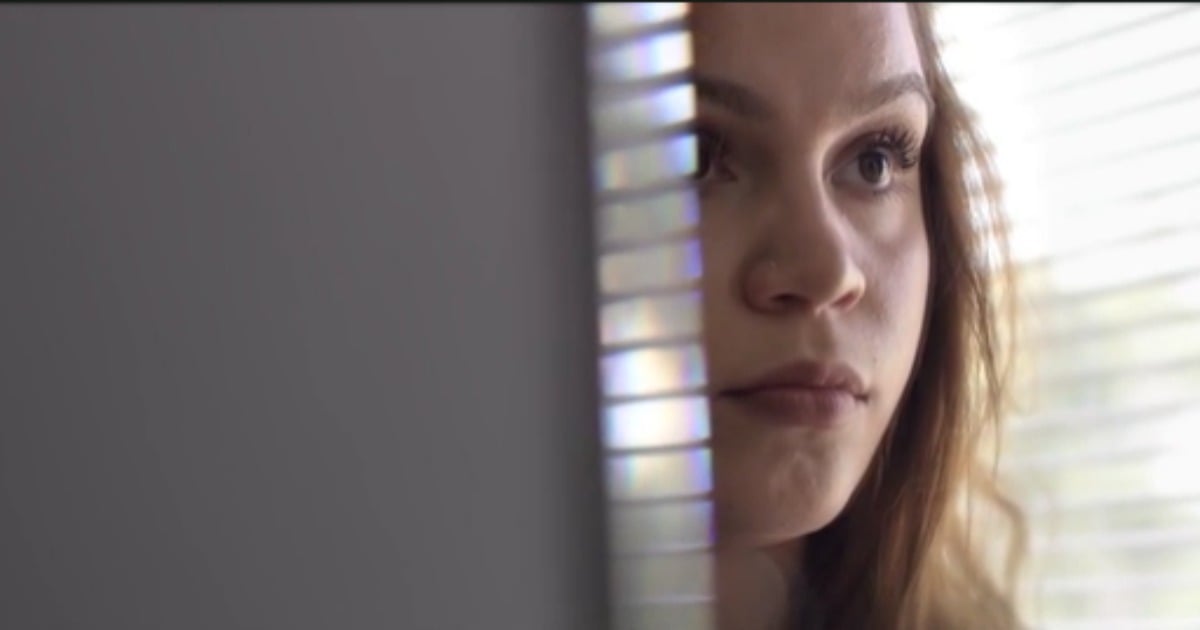
Today (March 16) is National Close the Gap Day. Tens of thousands of people across the nation will participate in events to send a strong message to government to get its approach right on addressing the Aboriginal and Torres Strait Islander health crisis.
It’s a health crisis that sees Indigenous people die 10-17 years earlier than non-Indigenous Australians.
I’m taking over Oxfam’s twitter account, to highlight my experiences as an Aboriginal woman and as a health worker. So, why am I doing this?






Top Comments
Thankyou for sharing Banok!
You are a wonderfully hard working, strong woman - all the best for the future xxx
Good on her for not listening to that teacher. We all have potential and a bit of encouragement can go a long way no matter what your background is.